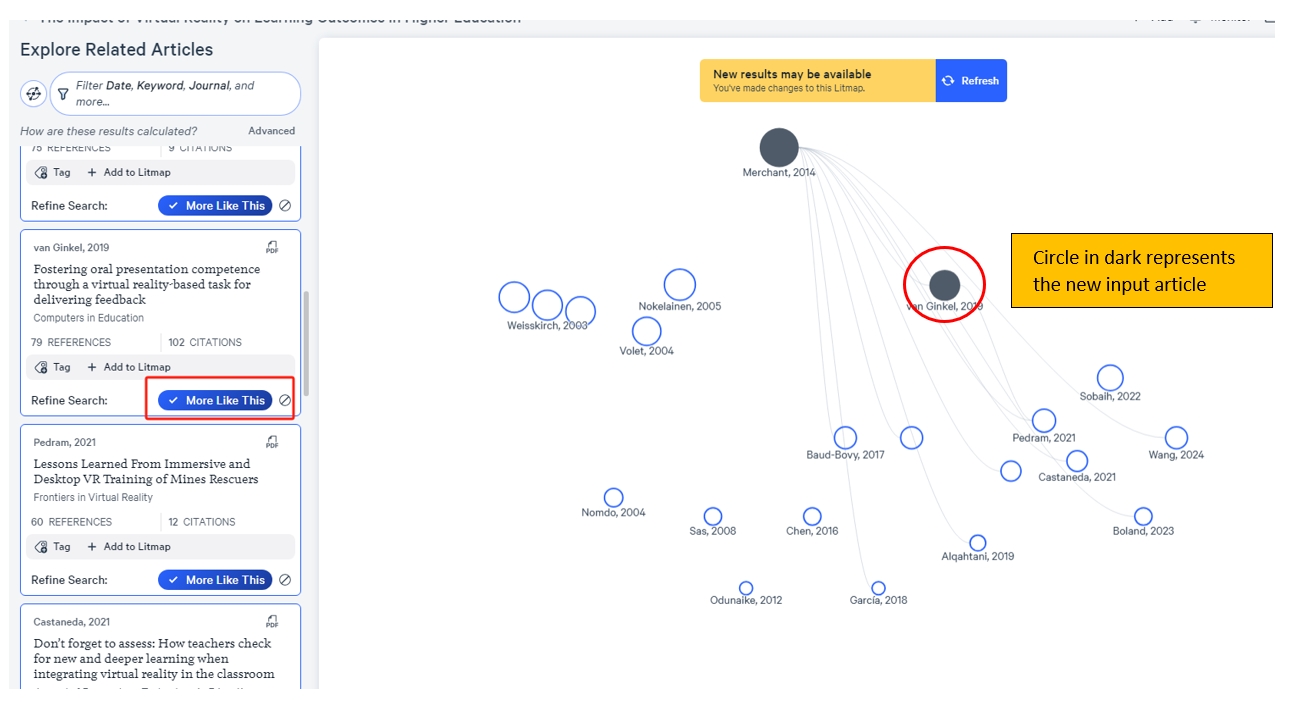CNKI has recently launched AI Academic Research Assistant, an advanced tool that leverages artificial intelligence technology to assist in scientific research. This new version is based on CNKI's vast academic resources and the intelligent technology of the HuaZhi large model, closely integrating AI large model technology, high-quality data, and research scenarios, aiming to enhance efficiency in key areas such as literature retrieval, reading, and academic writing.
CNKI has provided a trial for the EdUHK current students and staff on the “CNKI AI” services till Oct 31 2025. The services have integrated with DeepSeek R1. Services included:
• Chatbot grounded on CNKI contents
• Research assistant based on single article / a collection of articles (up to 10)
• Writing assistant
You can test the services by visiting this URL within campus IPs: https://aismart.oversea.cnki.net/
You will also need to create a personal account to use the services.
Though there is no limit on the number of accounts that can be created, each account has its own quota for various services:


















Master AI for Research This Summer & Get Your AI for Research Certificate
This bootcamp is organised by Scite. Throughout the bootcamp, you'll receive emails from scite including:
Get Your AI for Research Certificate
Remember: Attend any 3 out of 4 sessions (with one industry session mandatory) to earn your AI for Research Certificate.
Registration